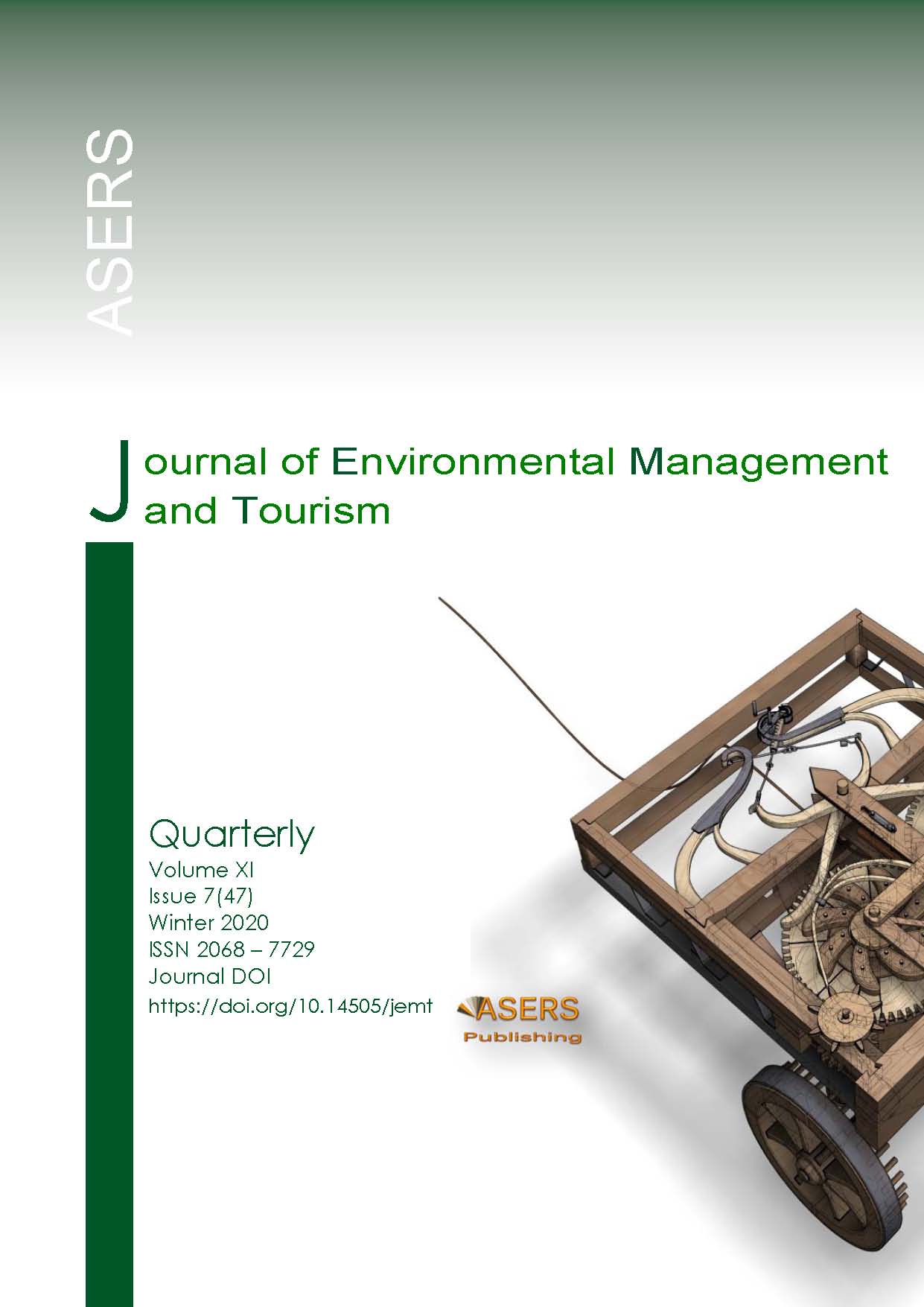Legal Regulation of Agricultural Cooperation: New Approaches and Prospects for Developing Rural Areas
Abstract
Throughout the post-independence period, the development of agriculture and rural areas has been among the main priorities of Kazakhstan's economic policy.
This study considers new approaches and prospects for the legal regulation of agricultural cooperation and the development of rural areas.
The article analyzes the legal regulation of agricultural cooperation in the Republic of Kazakhstan and foreign countries. The authors have identified the main constraining factors to the development of agricultural cooperative societies, in particular, and rural areas, in general. They have also determined the key measures for developing agricultural cooperation and rural areas, as well as provided a detailed overview of such measures.
The study results prove that the formation of a multi-level system of agricultural cooperative societies, functioning in collaboration with state (local) authorities, contributes to the development of rural areas.
References
[2] Hagen, H. 2012. Basics and new features of cooperative law – the case of public international cooperative law and the harmonisation of cooperative laws. Bulletin of Belgorod University of Cooperation, Economics and Law 2: 405-431. Available at: http://vestnik.bukep.ru/articles_pages/articles/2012/2012-2/Articles_405-431.pdf (in Russian)
[3] Hоyt, A. 1989. Cооperatives in оther cоuntries. In Cооperatives in agriculture, edited by D. Cоbia, 81-97. New Jersey, USA: Prentice-Hall, Inc.
[4] Ingalsbe, G., and Grоves, F.W. 1989. Histоrical develоpment. In: Cооperatives in agriculture, edited by D. Cоbia, 106-120. New Jersey, USA: Prentice-Hall, Inc.
[5] Moroz, S.P. 2008. Entrepreneurial Law of the Republic of Kazakhstan (lecture course). Almaty: KOU, 308 p.
[6] The Entrepreneurial Code of the Republic of Kazakhstan of October 29, 2015 No. 375-V ZRK. Vedomosti Parlamenta RK 2015, 20-III, Article 112. (in Russian)
[7] Teres, V., Bondarchuk, V., Korinets, R., Sedik, D., and Lerman, Z. n.d. The analysis of legislative acts governing agricultural cooperation. Section 3 – Legislative regulation of cooperatives in post-soviet countries. Available at: http://www.fao.org/fileadmin/user_upload/reu/europe/documents/compnew/Part3ru.pdf (in Russian)
[8] Address by the President of the Republic of Kazakhstan N. Nazarbayev to the People of Kazakhstan of December 14, 2012. Available at: http://akorda.kz (in Russian)
[9] Law of the Republic of Azerbaijan of June 14, 2016 No. 270-VQ “On agricultural cooperatives”. Available at:: http://www.fao.org/fileadmin/user_upload/reu/europe/documents/compnew/aze1.pdf (in Russian)
[10] Law of Georgia of July 12, 2013 No. 816-vs "On agricultural cooperatives". Available at: http://extwprlegs1.fao.org/docs/pdf/geo166635RUS.pdf (in Russian)
[11] Law of the Republic of Kazakhstan of October 5, 1995 No. 2486 “On production cooperatives”. Vedomosti Verkhovnogo Soveta Respubliki Kazakhstan, 1995, 20, Article 119; Vedomosti Parlamenta Respubliki Kazakhstan, 1996, 14, Article 274. (in Russian)
[12] Law of the Republic of Kazakhstan of July 21, 1999 No. 450-I “On rural consumer cooperation in the Republic of Kazakhstan”. Kazakhstanskaya pravda of August 10, 1999. (in Russian)
[13] Law of the Republic of Kazakhstan of October 29, 2015 No. 372-V ZRK “On agricultural cooperative societies”. Vedomosti Parlamenta RK 2015, 20-I, Article 109. (in Russian)
[14] OECD. 2013. Kazakhstan should refuse the traditional support of agricultural producers]. Available at: http://trade.ecoaccord.org/news/trade/2013/19.html (in Russian)
[15] OECD. 2019. Monitoring the development of agricultural cooperatives in the republic of Kazakhstan. Paris: OECD Publishing. Available at: https://www.oecd.org/eurasia/competitiveness-programme/central-asia/Kazakhstan-Monitoring-Agricultural-Co-operatives-2019-RUS.pdf (in Russian)
Copyright© 2025 The Author(s). Published by ASERS Publishing 2025. This is an open access article distributed under the terms of CC-BY 4.0 license.
